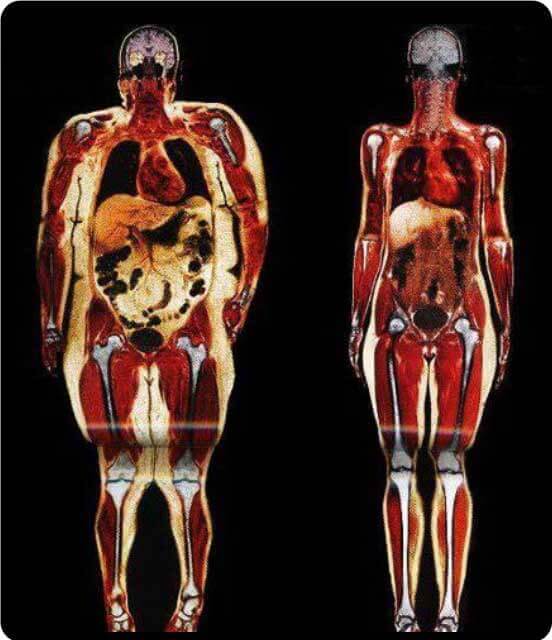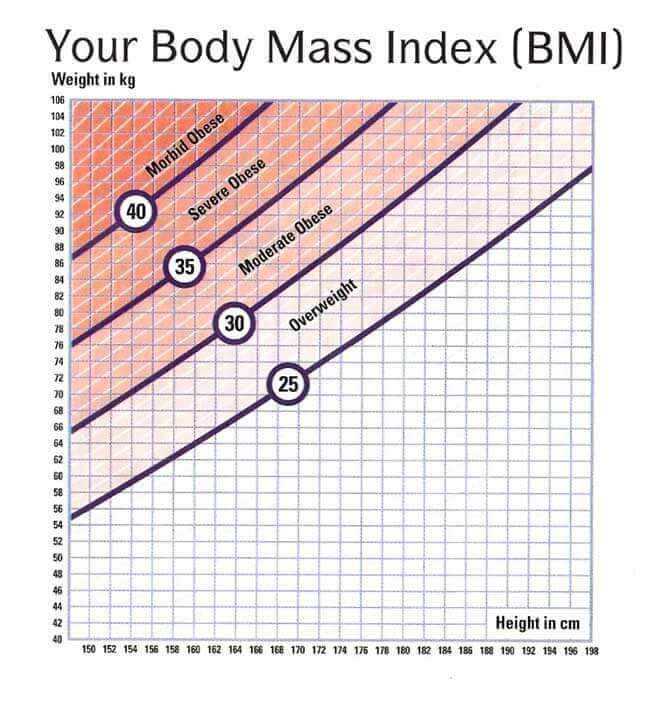Could not find what you are looking for?
- Departments
- Bariatric Surgery
- Investigations
Investigations
Investigation and Management of Obesity
Obesity is described as the excessive accumulation of fat that exceeds the body’s skeletal and physical standards. Taking into account the total number of afflicted individuals, obesity constitutes a significant disorder in the world. Until recently, however, only minor attention has been given to the disease. The prevalence of obesity is on the rise in all industrialized nations, an estimated 10% in rural and 30% in urban areas. Another apparent trend is an substantial increase in the number of extremely obese individuals. The phenomenon can be attributed to multiple factors, including changing lifestyle habits of people which interact with genetic predispositions and thus lead to increase in the body’s fat content.

Clinical assessment involves thorough history and examination along with nutritional and psychological assessment of patients to understand obesity.
Body Mass Index (BMI):
The body mass index is a statistical measure of body weight based on a person’s weight and height. Though it does not actually measure the percentage of body fat, it is used to estimate a healthy body weight based on a person’s height. Due to its ease of measurement and calculation, it is the most widely used diagnostic tool to identify weight problems within a population, usually whether individuals are underweight, overweight or obese.
BMI = Weight in kg/Height in m2

BMI grades obesity into UNDER WEIGHT (below 18) NORMAL WEIGHT (18-25), OVER WEIGHT (25-30), OBESITY (30-35), SUPER OBESITY (35 – 40) & MORBID OBESITY (40 or more).
| BMI (kg/m2) |
CLASSIFICATION NHBLI 19981 |
NIH2 | IFSO3 | RISK NHBLI 19983 |
| <30 (but) >25 | Overweight | Overweight | Overweight(<27) Mild Obesity(27-30) |
Increased Risk |
| >30 | Obese | Class I Obese | Moderate Obese | Increased Risk |
| >35 | Obese | Class II Obese | Severe Obese | High Risk |
| >40 | Morbidly Obese | Class III Obese | Morbid Obese | Very High Risk |
| >50 | Super Obese | Class IV Obese | Super Obese | Extremely High Risk * |
It becomes a serious health risk when BMI becomes morbid. In such cases the patient is susceptible to serious diseases (co-morbidities). Some of the most common diseases that are directly and indirectly linked to obesity are:
- Type 2 diabetes mellitus
- Chronic heart disease
- Sleep apnoea
- Cancer
- Gastroesophageal reflux disease
- Psychological problems
- Hypertension
- Hypercholesterolemia
- Respiratory diseases
- Joint pains or osteoarthritis
- Infertility
- Menstrual disorders
Investigations:
Since obesity is a lifestyle disorder and involves metabolic syndromes and hormonal issues, a wide range of blood tests and radiological investigations has to be done to diagnose the cause and severity of obesity and its associated co-morbidities. Few of the routine investigations that are carried out include:
- Complete blood count
- Renal function test
- Liver function test
- Lipid profile
- Coagulation profile
- Arterial blood gas
- Thyroid function test
- Prolactin
- Cortisol
- Diabetic assessment tests
- Pulmonary function test
- Echocardiogram
- Upper GI endoscopy
- Sleep studies
- Ultrasound abdomen
However, investigations requirements will change depending on individual patient’s obesity & co-morbidity status. Additional tests might also be required to further stage life-threatening co-morbidities.



